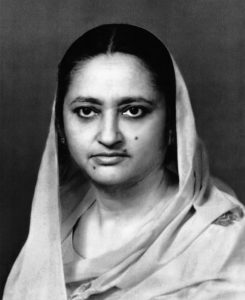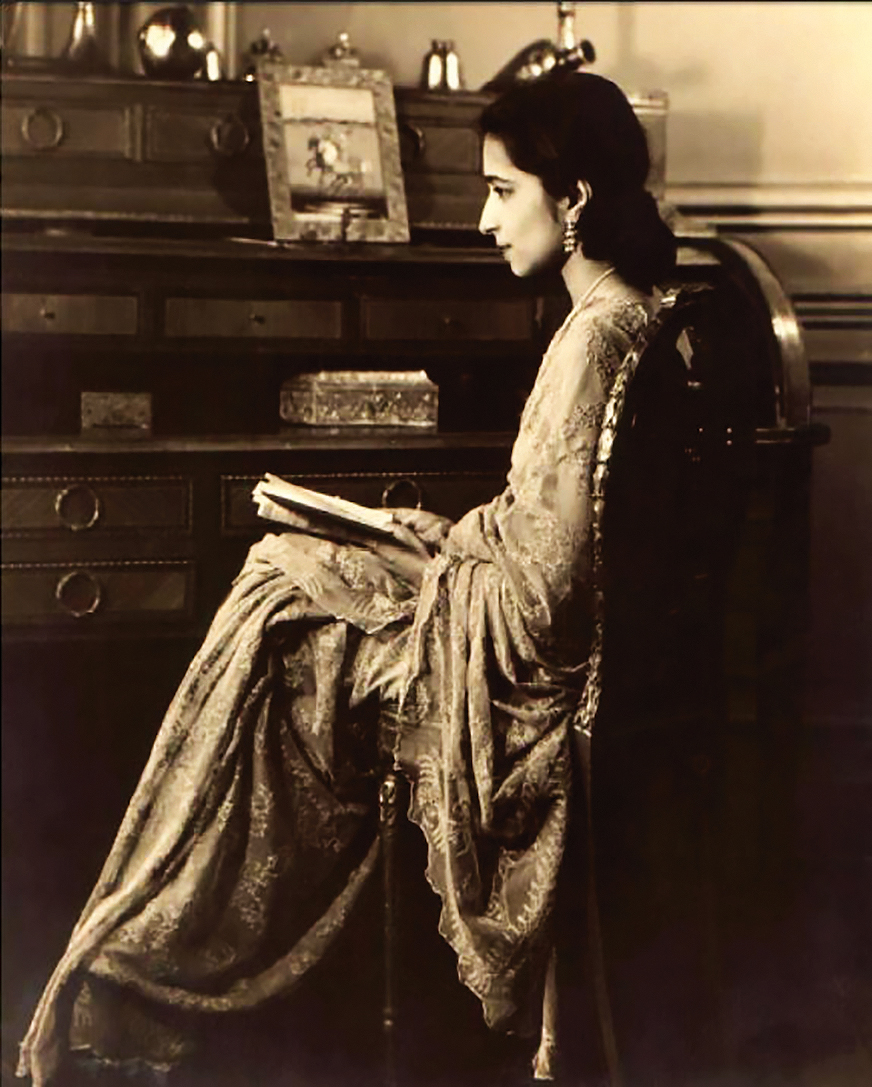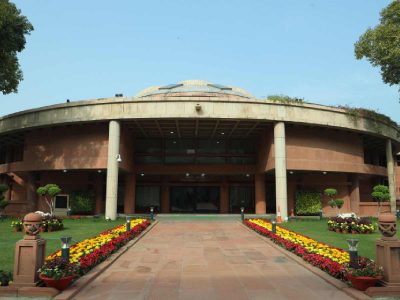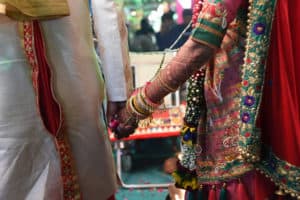An exhibition that showcases the stories of Muslim women who fought against all odds to make their mark in the Indian national movement and to eliminate misogynistic practices
Oppressed. Silenced. Confined. It’s no secret that these are the most common impression of Muslim women in the world. Yet India’s history during and after the struggle for Independence, reveals names of several Muslim women who were at the forefront of the nationalist and feminist movement.
An ongoing exhibition pays tribute to 21 such unsung heroes whose contributions are not a part of the mainstream narrative. Titled ‘Pathbreakers: The Twentieth Century Muslim Women of India’, the exhibition focuses on their role in breaking stereotypes and abandoning the purdah.
These women took up various professions — some became writers, teachers, artists, scientists, lawyers, educators and trade unionists; a few became MPs, MLAs and some represented India internationally. They dedicated their lives to ensuring equality and greater opportunities for women.
Organised by Muslim Women’s Forum, supported by UN Women, the event traces the achievements and contributions of prominent but largely unknown Muslim women in recent history.

Take Surayya Tyabji, for instance. Most Indians are unaware that the national flag was designed by a Muslim woman. Surayya Tyabji, along with her husband Badruddin Tyabji, was deeply involved with the Indian National Congress. Assigned by Jawaharlal Nehru to design the Indian flag, she drew a graphic version of it and gave the flag its saffron, white and green colours. It was her idea to replace the symbol of charkha used by Mahatma Gandhi with the Ashoka Chakra at the centre of the flag.
Also associated with the Congress was Saeeda Khurshid. She moved to Delhi when her father, Dr Zakir Husain, established Jamia Millia Islamia. In 1947, she gave up the burqa and continued her education. She also campaigned for Congress in several elections and later went on to be the Founder President of the Muslim Women’s Forum in 2000, inspiring the organisation to take the middle ground on issues of Muslim women’s rights. She led the organisation to engage with all sections of the Muslim society, activists and Ulema to resolve issues internally.
The exhibition also features Sharifa Hamid Ali — one of the founding members of All India Women’s Conference (AIFC), along with Sarojini Naidu, Rani Rajwade and Kamaladevi Chattopadhyay — and served as its president. She was also appointed as the Indian representative to the UN Commission on the Status of Women. Sharifa propagated legal reforms for Muslim women, including raising the age of marriage and drafting a model marriage contract (Nikahnama) incorporating greater rights for women in marriage.
Going back to the 19th century, the exhibition also features Tyaba Khedive Jung who received a BA degree from the University of Madras in 1894, becoming the first Muslim woman in India with a university degree.
Talking about pioneers, the show also displays Masuma Hosain Ali Khan, who was the first Muslim woman minister in India, and the first woman minister in the Council of Ministers of Andhra Pradesh.
Qudsia Zaidi, who was the founder of the Hindustani Theatre that became one of the first urban professional theatre companies of Independent India, also made immense contributions.
“There has been an increasing tendency to isolate and divide the people of India in many ways. We have chosen Muslim women for this exhibition because they have played a significant role in contributing towards the building of the nation through its freedom struggle and beyond, as an inseparable and integral part of India’s inextricably woven fabric of diverse cultures,” reads the note of the exhibition.
So, drop in at India International Centre to get a glimpse of the lives of these unrecognised champions. The exhibition is on display till December 8.





